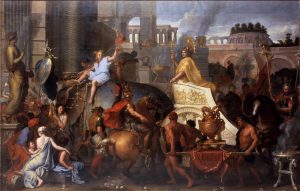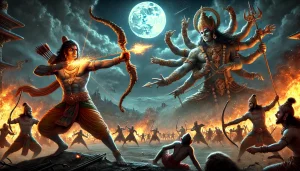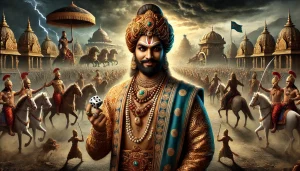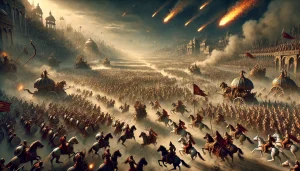Brains, gobs, flights!
In theatre, there is a type of stage performance called a pantomime. In general, it is a hilarious all-singing all-dancing production, based on a well known fairy tale. There is always a downtrodden hero, who the audience cheers for, and who triumphs in the end. But all good stage shows have an antagonist. The point about this duel is that it is exaggerated for dramatic effect. The villain stamps around the stage scheming and plotting, while the hero shows courage to fight against all odds. This leaves the audience with mixed feelings during the tussle, they ultimately want the villain to be thwarted, but also relish seeing them cause havoc in the hero’s life.
Shivkar Bapuji Talpade is one such archetype of the pantomime hero and the British, his incumbent adversary. Everyone “loves to hate” this story so much that it is left out of all the school text books as well. And just to correct that we have other forms of information like movies, or this sluggish piece.
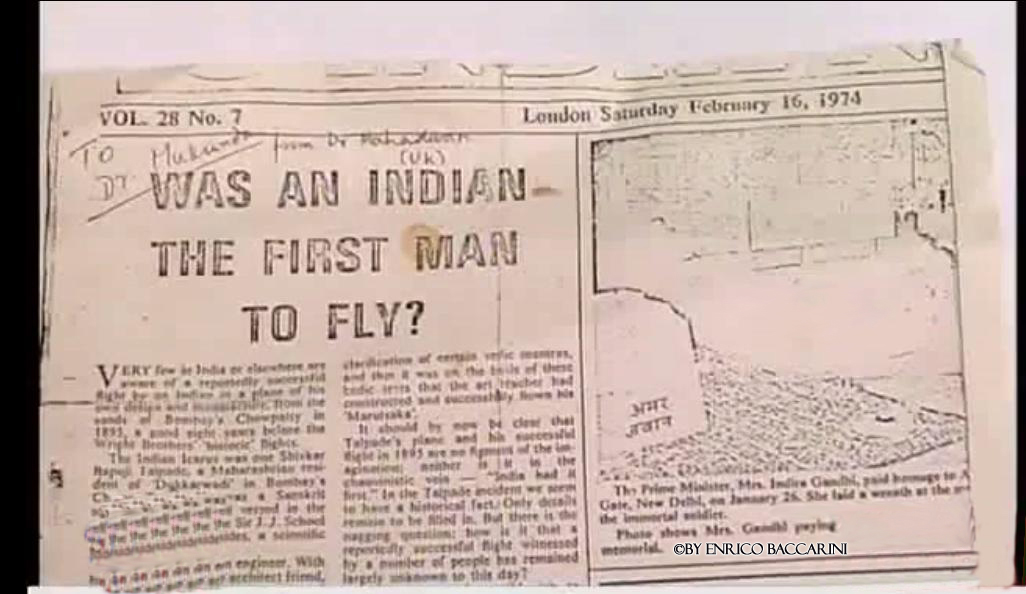
Once upon a time, as any good fairy tale begins – Shivkar Talpade’s life and how he went about inventing his flying machine is cloaked in mystery. According to some historians, he invented the aircraft by drawing upon the ideas of aviation outlined in Vedic texts, a few years before the Wright Brothers. During his early years, he completed his schooling in the Sir Jamsetjee Jeejebhoy School of Art. Since then, he was always interested in ancient Indian aeronautics.
Unfortunately for him, having found his feet in these studies by reading Dayanand Saraswati’s works and with the help and guidance of mystic/scientist Subbaraya Shastry, he also found his voice. And any voice raised during the Raj, would not go down well with the rulers. The only information we have about Talpade are through the findings of Pratap Velkar, an architect himself, who, through his research work became a historian. According to his reports, Shivkar flew an unmanned flying saucer which was an advanced Vedic Mercury ion plasma, imploding and expanding vortex noiseless flying machine, which could move in all directions. These reports claim that Talpade held a first of its kind demonstration of his aircraft in 1895 on Bombay’s Chowpatty beach. This airplane was named Marutsakhā, a term used for Goddess Sarasvati in the Rig veda. It is said that, in attendance apart from a large crowd of bystanders, was also the king of Baroda. Notes about Talpade’s achievements state that the plane flew to a height of 1,500 feet and stayed up for a few minutes.
These descriptions are highly conflicting as no one has been able to recreate an airplane with the same principles that Talpade used. Also, with the British rulers looking closely at this incident as anti-government, all his future work was suppressed financially. No one wants to look at this as even a minor achievement, leave alone the first airplane ever flown. Most of all, this story continues to be the story everyone “loves to hate”.

